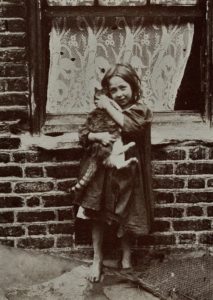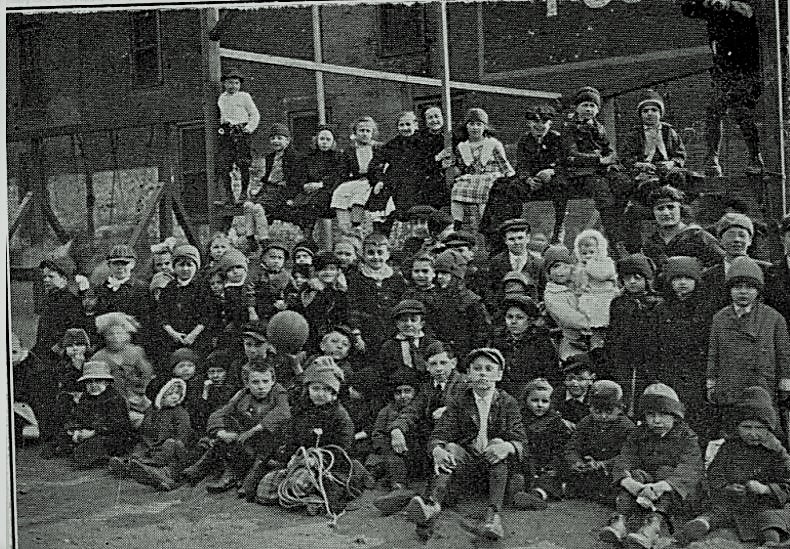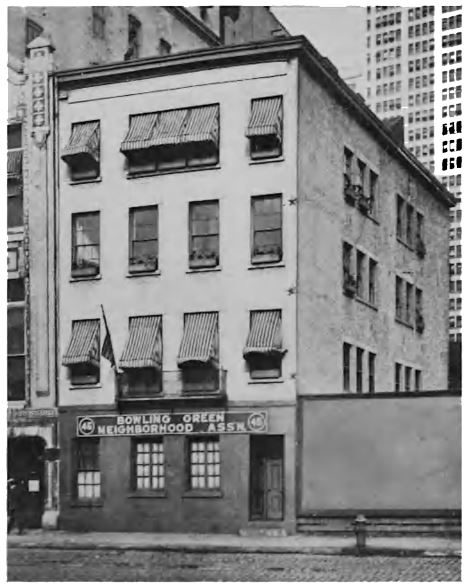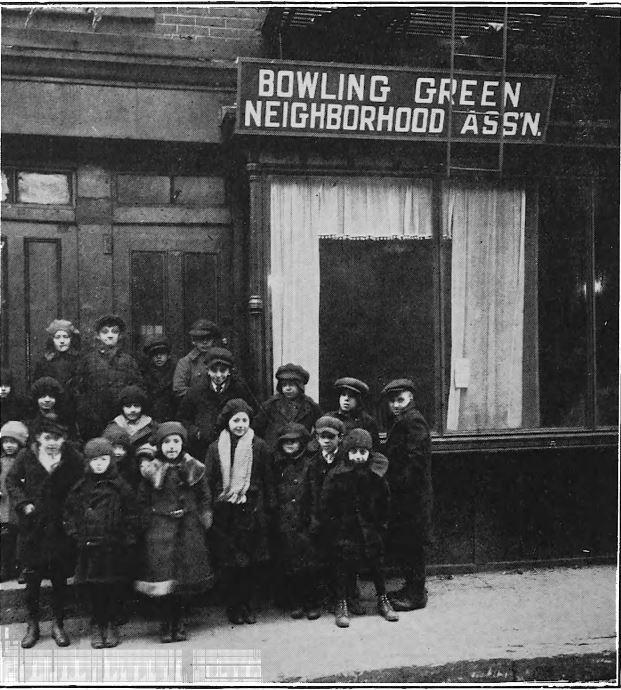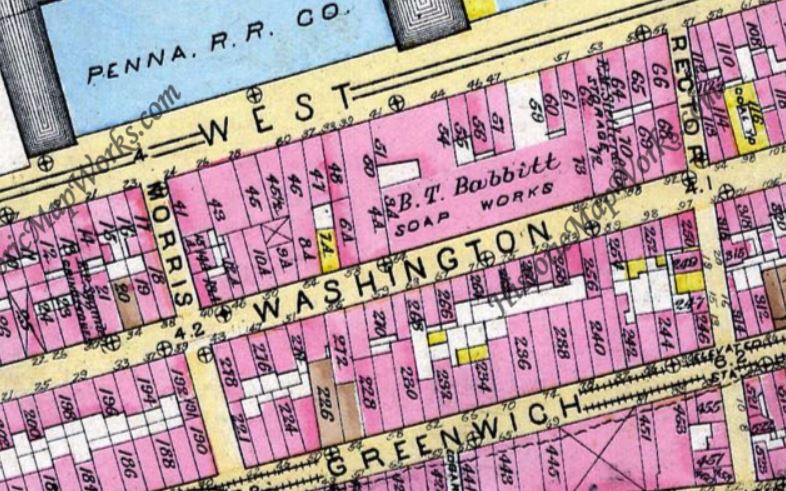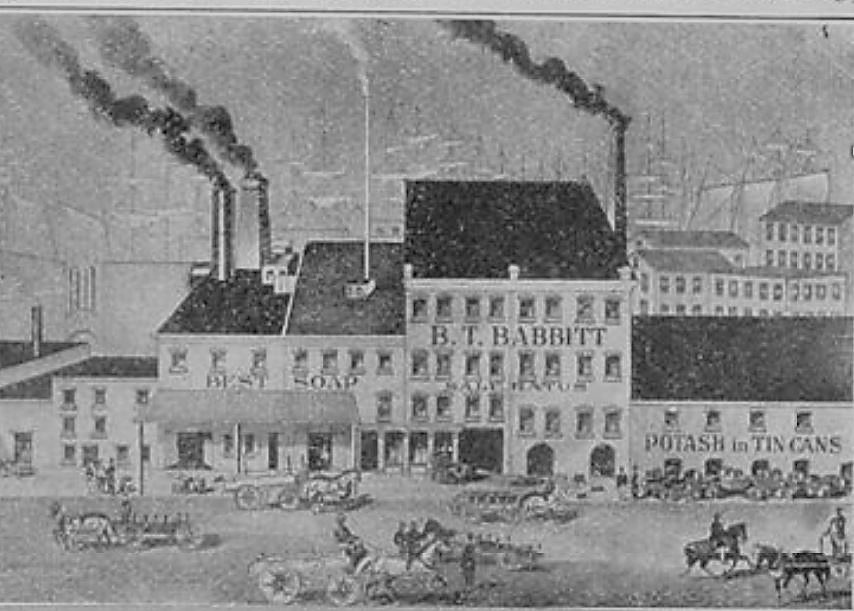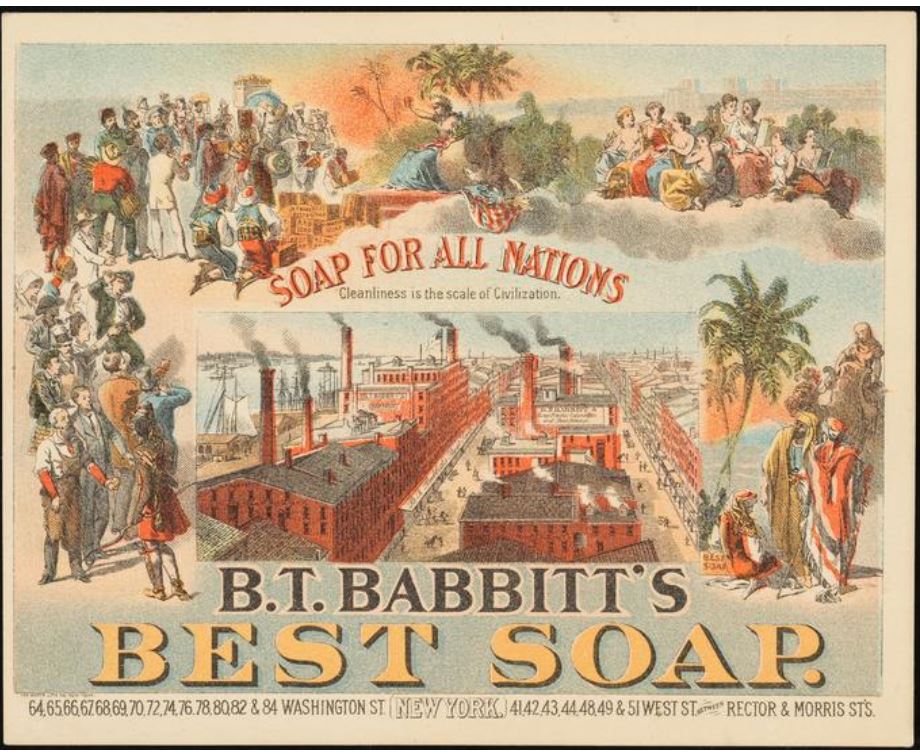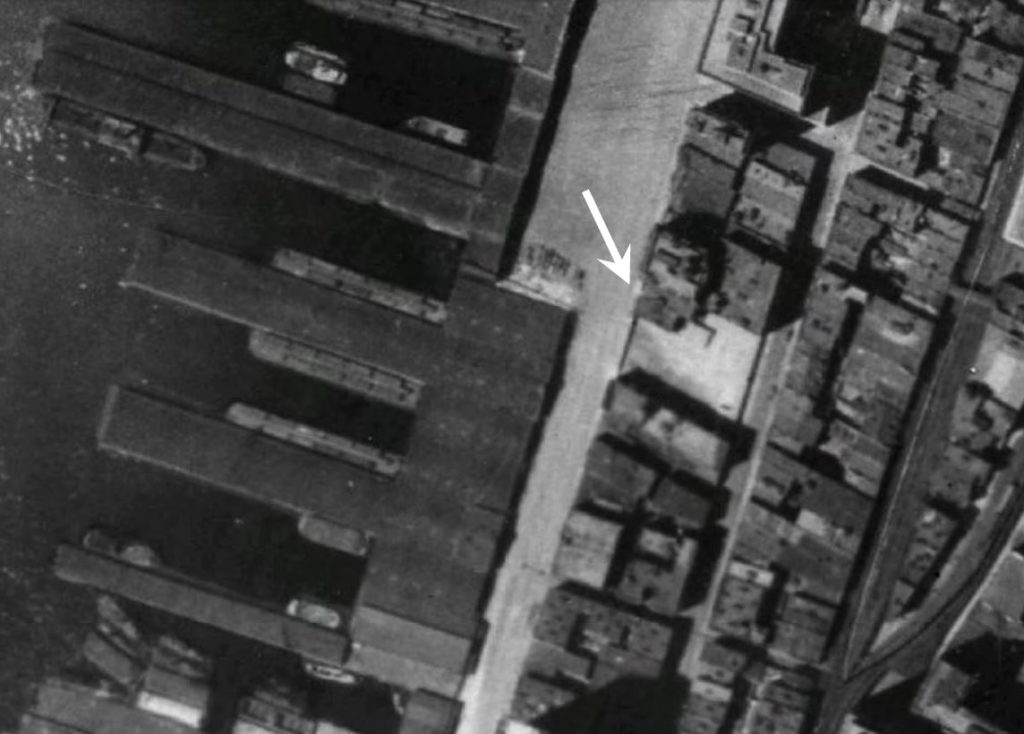“Then appeared a 7-year-old girl…dragging a yowling Maltese. ‘I got him last night and tied him up in the back yard until today, so’s I could get the money from you today.'” — New York Times, October 7, 1923
The Bowling Green Cat Roundup
“When darkness settled down last night over the territory encompassed by West Street and Broadway, Vesey Street and the Battery, and lights began to blink in the tenement quarters of Syrians, Turks, Hungarians and Russians, eerie dirges rose from pitchy backyards. There was a melancholia in the walls, a lost soul’s lowest note, one that jiggled spines of all who heard.
“Up to the high heavens, or wherever the destinies of cats are molded, a feline appeal for help soared with the coming of nightfall. From the throats of 1,500 cats went a chant for mercy, for yesterday the word had spread that not one of their 13,500 lives was safe. Crafty hunters stalked them, cunning minds trapped them, lusty young legs gave unremitting pursuit.”–The New York Times, October 7, 1923
The words are almost poetic, and yet the story behind them is tragic. Not only for the cats who were victims of the annual Bowling Green Cat Massacre (as I like to call it), but for the children who were desperate enough to take part in such madness for but a nickel or a ticket to see a free show.
The Bowling Green Cat Massacre, more notably known as the annual cat round-up, was the brainchild of Dr. Miner C. Hill, the president of the Bowling Green Neighborhood Association. Dr. Hill, who was in charge of the association’s baby clinic, came up with the idea to round up the cats in 1917. The feral cats were a menace to the neighborhood and, he thought, were probably responsible for spreading diseases to the immigrant babies and children under his care.
The plan seemed simple enough. Post a sign in the association’s playground on Washington Street in Lower Manhattan stating that every stray cat rounded up would yield five cents to the hunter or huntress. Collect all the stray cats in boxes and present them to the Society for the Prevention of Cruelty to Animals. The SPCA would then cart the cats away by wagon and “finish the job.” Oh, the irony.
Incentivized by a shiny nickel or show ticket, hundreds of poor and hungry children were more than eager to gather up the stray cats and bring them to the playground. What could possibly go wrong, I wonder?
Immigrant children from Syria, Serbia, Armenia, Greece, Turkey, and Bulgaria play in the Bowling Green Neighborhood Association playground between Washington Street and West Street in 1920. For almost 10 years, these children were paid a nickel for every stray cat they caught during the association’s annual cat roundup.
Little Syria and the Bowling Green Neighborhood Association
Over the years, the area of Manhattan west of Broadway from the Battery up to Liberty Street has been known by many names. During the mid-19th century it was a neighborhood of well-kept row houses called “Bowling Green Village.” When this story takes place in the 1920s, it was known as “Little Serbia” and “Wall Street’s back yard.” Before the World Trade Center was constructed in the early 1970s, it was called the “Electronics District” or “Radio Row.”
Originally populated by the Irish, then Italians and Greeks, the neighborhood was the nation’s first and largest Arabic settlement. From the late 1880’s to about 1940 the area was home to thousands of Arab and Maronite Catholic immigrants from Syria, Lebanon, Jordan, Israel, and Palestine. Slavs from Eastern Europe and Orthodox Greeks and Turks also settled there. They lived in overcrowded multi-family tenements converted from 150-year-old dilapidated warehouses and once-fashionable row houses that had fallen into decay.
As with most immigrant neighborhoods in the city, Little Syria was rife with unsanitary conditions and poor health. In 1916, The New York Times reported that the district had the worst housing conditions in the city. The Times also noted that the area’s infant mortality rate was almost 50% greater than that of the city at large.
Little Syria had one good this going: it was close to Wall Street and all the financial district’s wealth. Therefore, the neighborhood was the recipient of many philanthropic attempts by wealthy executives and business owners who wanted to clean up “Wall Street’s dirty back yard.”
From the late 1880s to the 1940s, the area just south of the World Trade Center and centered along Washington Street (highlighted in yellow) was called “Little Syria.” It was also called “Wall Street’s back yard” due to its proximity to the city’s financial district just east of Broadway. Many immigrants were attracted to the area because the nearby piers provided steady employment for the men who found work on the docks.
One of the largest philanthropic efforts to help improve the people’s living conditions and health was the creation of the Bowling Green Neighborhood Association, or BGNA for short. The BGNA was an outgrowth of a health center started by the New York Milk Committee in 1914. Under the direction of volunteer secretary Kenneth D. Widdemer, the association set up shop in 1915 at its temporary headquarters at 98 Washington Street.
During its first year of operation, the BGNA established a baby clinic, milk station (for the distribution of pure milk), and visiting nurse services. As the results began to show, more downtown businessmen got involved with the project, allowing the BGNA to set up a community center at 45 West Street and an experimental restaurant at 21 Morris Street.
In 1915, the Bowling Green Neighborhood Association established a community center at 45 West Street. The four-story building, constructed in 1845 (shortly after landfill was used to create the street), housed a day nursery, library, and rooms for English instruction, household arts, citizenship classes, and various clubs. The playground where the annual cat roundup took place occupied nine vacant lots adjacent to 45 West Street (behind the wall on the right in this photo).
From November 1, 1919, to May 1, 1920, the BGNA operated an experimental restaurant for 25 undernourished children at 21 Morris Street. The children were provided 3 square meals a day, 6 days a week, at a cost of only $108 dollars a month.
The Bowling Green Neighborhood Association’s Playground
The building at 45 West Street, in addition to the vacant lots which served as a playground and stray cat drop-off location, was once part of the Benjamin T. Babbitt soap works campus. Established on the landfill that became Washington and West streets in 1845, the campus comprised #64-84 Washington Street and #41-51 West Street.
The B.T. Babbitt Soap Works is marked on this 1885 tax map map. 45 West Street was one of several tenements on that street that were incorporated into the soap business (perhaps used for storage purposes).
Here is an illustration of the B.T. Babbitt soap works factory on Washington Street as it probably appeared in 1859. For many years, the giant smoke stacks guided ship captains while also spewing horrific black smoke that gave off a horrible stench.
Benjamin Babbitt was known as a genius of advertising. In fact, his soap was one of the first nationally advertised products. Here’s one such ad from 1882, which features his buildings on the left. Check out this great Thomas Edison film from 1903 of New York skyscrapers filmed from a boat on the North (Hudson) River–B.T. Babbitt’s soap factory can be seen at the 1:34 minute marker.
By 1915, most of the B.T. Babbitt factory buildings had been demolished, leaving 10 vacant lots between 41 and 44 West Street and 62 to 72 Washington Street.
Sometime around 1904, 15 years after the death of B.T. Babbitt, his heirs moved the business to the North Bergen Meadows in New Jersey (today’s Meadowlands). In 1911, Babbitt’s daughter, Mrs. C.M. (Elizabeth) Hyde, sold the New York buildings to R. Crystal & Son. The new buyers had planned on erecting a modern office structure on the site, but apparently they didn’t get any further than the demolition stage.
Ten of the lots remained vacant until 1916, which is when the Babbitt estate loaned them to the BGNA for use as a playground. The city’s Public Service Commission donated the sand used to level the land, and the Parks and Playgrounds Association helped equip the new playground with swings, seesaws, and gym equipment.
The Bowling Green Community Playground, as it was called, opened on June 22, 1916.
Here’s an aerial view of the Bowling Green Community Playground in 1925, the year the land was purchased for development. That year, the annual stray cat roundup was moved to Bowling Green public park in the city’s financial district.
The End of the Bowling Green Community Playground
In April 1925, Edgar G. Ruwe Company of 49 West Street purchased the playground property from the estates of B.T. Babbitt and Elizabeth Hyde for $500,000. As the workmen took away all the swings and slides and sand piles on April 14, scores of children stood and solemnly watched. After all, they had no where else to go.
In Part II, I’ll tell you about the Bowling Green Neighborhood Association’s new home on Washington Street and what disasters happened when the annual stray cat roundup and massacre was moved to the Bowling Green public park.


